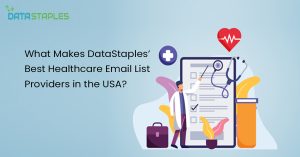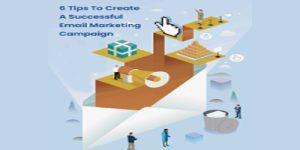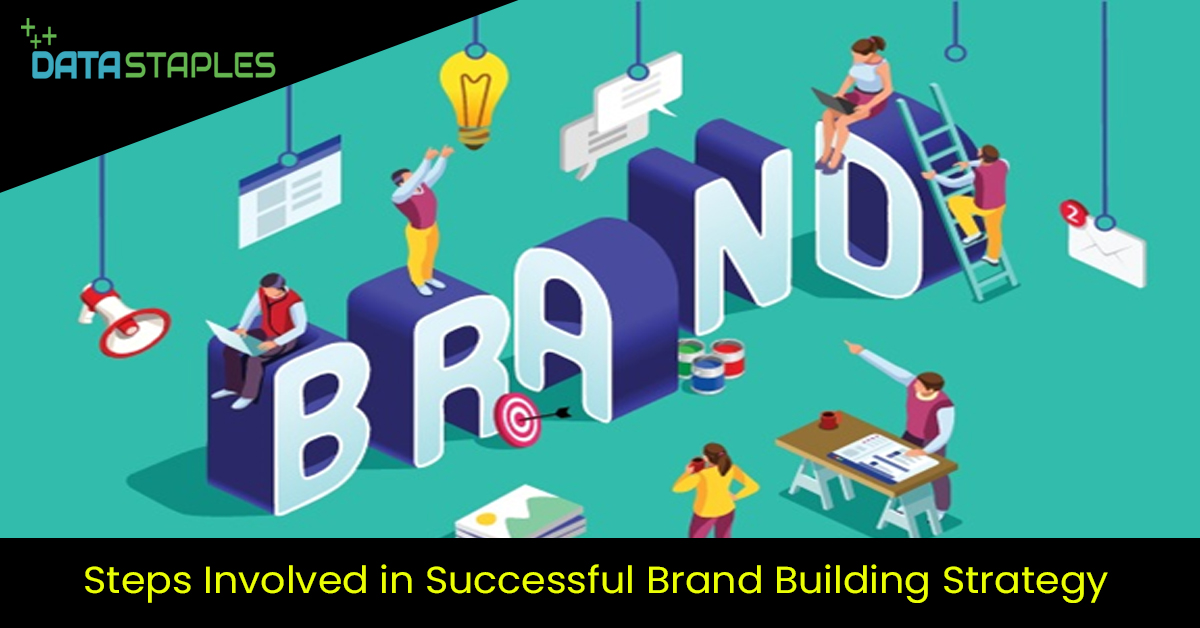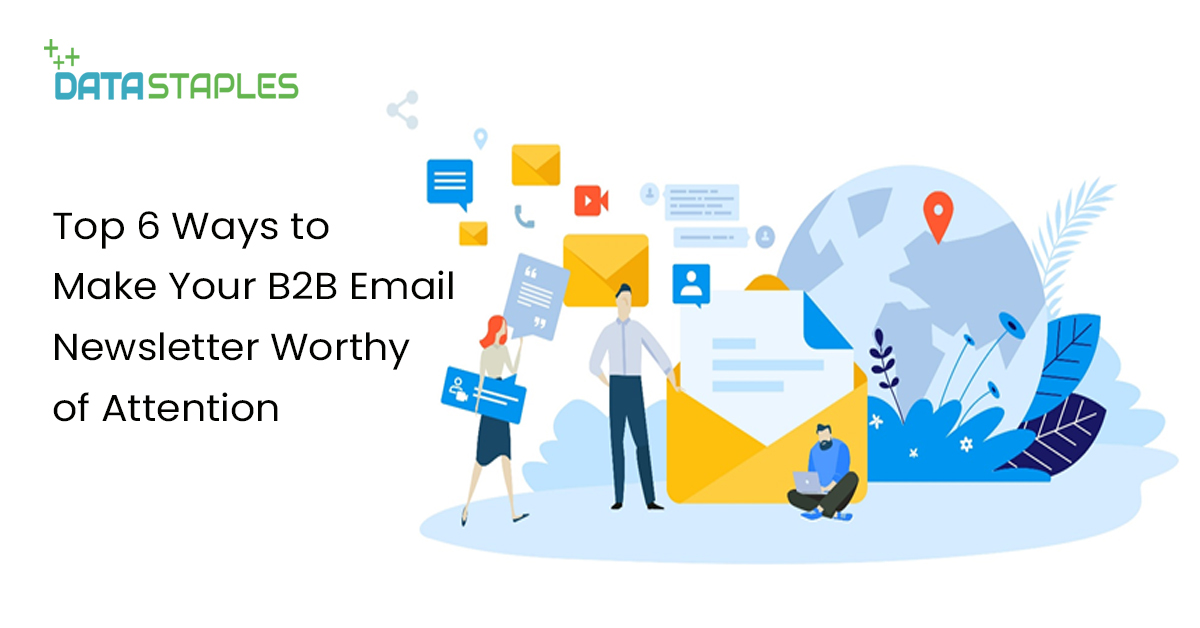
Top 6 Ways to Make Your B2B Email Newsletter Worthy of Attention
Email marketing is, without a question, the most effective and cost-effective technique for marketers that want to communicate directly with prospects, leads, current customers, and past customers via their inbox at their leisure. Email marketing can help organizations and customers stay in touch by generating greater response rates and more favorable responses faster and at a lower cost per unit. You can target the audience you want to reach with email marketing: people you know, people who want what you have to offer.
From newsletters and auto-responders to customer surveys and follow-ups, email marketing encompasses a wide range of communication strategies. However, because of its capacity to successfully communicate with your target market, an email marketing newsletter is the most often employed marketing approach by firms of all kinds. You may greatly expand your reach by distributing your newsletter to as many people as possible.
What is a Newsletter?
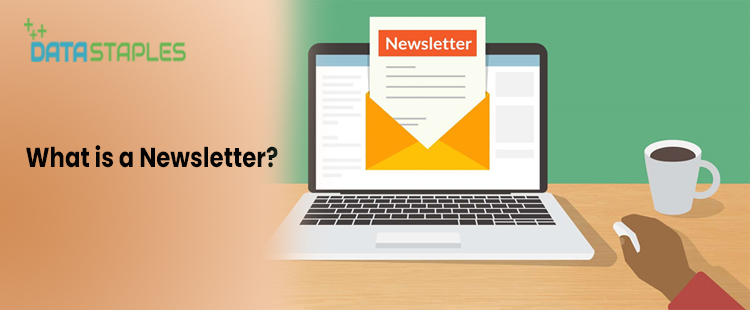
A newsletter is an email that provides a list of your most intriguing content, announcements, and promotions to subscribers. It can be beneficial in terms of keeping audiences informed as well as increasing traffic. Newsletters are used by businesses and organizations to communicate relevant and useful information to their network of customers, prospects, and subscribers.
You can send compelling content, boost sales, and drive traffic to your website right to your audience’s inbox using newsletters. Additionally, email campaigns are simple to track and modify, allowing you to keep track of your accomplishments and make real changes that lead to more victories.
Are you preparing a B2B email newsletter for the upcoming year? Then use these six tips to start creating an engaging newsletter that will attract the attention you’ve been looking for:
1. Know Your Audience’s Needs
To properly target your newsletter, segment your audience depending on their various personas. Determine what these personas require, as well as their pain points and potential solutions. As the data above demonstrates, this is an important step that many marketers ignore in favor of sending out generic emails. When it comes to segmenting your audience, collecting user data at every opportunity is crucial. Information can be obtained through subscription forms, social media interactions, landing page views, and premium content downloads.

This information will subsequently be used to personalize and engage your newsletter readers. Despite popular assumption, B2B marketing does not have to be dull or impersonal. Instead, pretend you’re writing to one individual and divide your newsletter in half. To make this process easier, marketers commonly use marketing automation to organize and automate their mailings. This allows for large lists of leads to be covered while yet allowing for one-on-one communication with each individual.
2. Get A Better Email Design
A visually appealing newsletter might draw attention from more readers. That is the power of a well-designed product. Remember to use images and other rich content, such as YouTube videos, in your newsletter design to make it more appealing and interesting. A responsive newsletter design will help you generate more leads and lower the rate of unsubscribes.
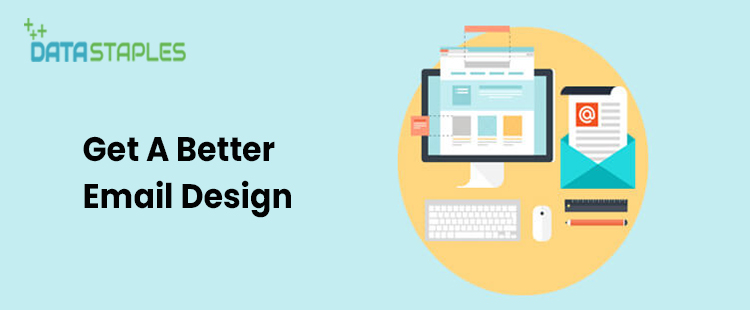
In other words, make your newsletter basic and brief, and use design elements like vertical format, clear headers, white space between different content, short line length, short paragraphs, and bulleted lists to help it stand out. If your readers don’t have the patience to read the entire newsletter, give them the primary idea right away to assist them get a sense of what’s going on.
3. Integrate Your Overall Marketing Strategy
Your newsletter should be an important part of your overall marketing plan. If it isn’t linked to your previous marketing efforts and doesn’t push readers to take action or, at the very least, direct them back to your website, you will lose prospects. Keep in mind that newsletters are closer to the top of the sales funnel than blog articles or premium content assets like infographics, so consider how your newsletter fits in with other activities.
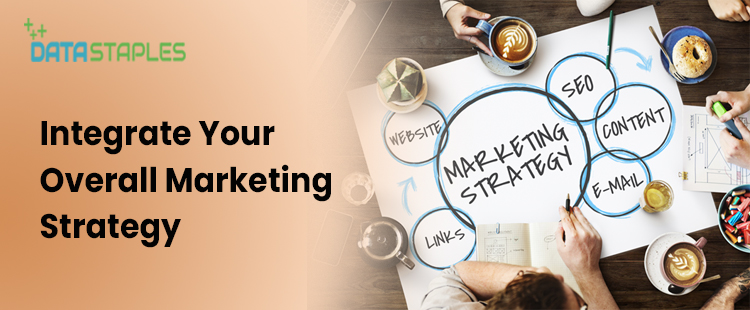
Try optimizing your newsletters for social media, for example:
- Adding social sharing buttons and easy-to-share messages (short enough for a tweet or Facebook update) to your newsletter
- Promoting widely known social media content in your newsletter
- Making social media icons available on your “unsubscribe” landing page
- Utilizing social media to build your subscriber list
4. Try to Educate not to sell
Newsletters aren’t meant to market your product; rather, they’re a way to inform your prospects about the areas in which you work, the challenges you solve, and the services you provide that can assist them in dealing with their problems. Make sure your newsletter isn’t used as a sales tool.
Decision makers will make decisions based on what they find to be correct, regardless of how many emails you send. What you can do, on the other hand, is send them an educational message that will influence their decisions in your favor.
5. Send Your Newsletter At Right Time
If you want your prospect to open your email newsletter, you must send it at the right time. During working hours, your target audience could be preoccupied with their employment and hence miss your emails.
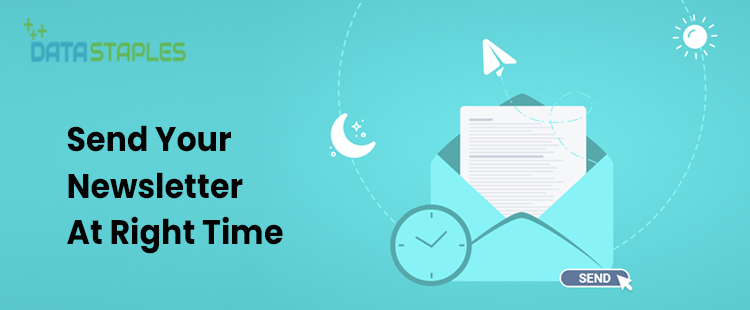
As a result, sending email marketing outside of work hours or on weekends is ideal. You may also test how well your email newsletters are received by running some experiments. It will help you figure out when the best moment is to send out your next newsletter.
6. Use Analytics Tools
You may use your email analytics tools to track and analyze user behavior as well as make use of the data available. By monitoring critical elements like how people respond, what draws their attention and makes them click, and how much time they spend on your message, you can appropriately alter your newsletter and avoid the mistakes you did the last time.
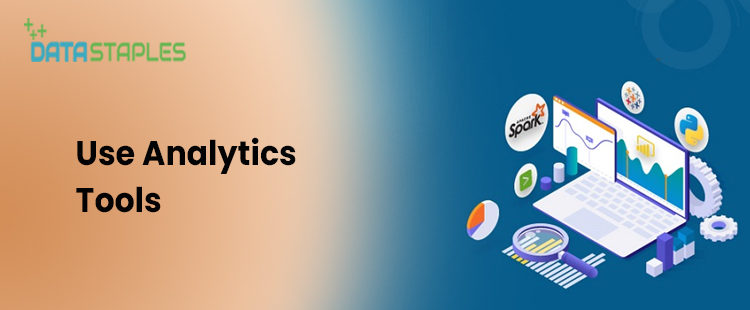
This strategy will help you increase the acceptability of your email by assisting you in making necessary changes to your design strategies, email usability, and editorial policies.
Bottom Line
B2B marketing is a wonderful but difficult subject that demands both imagination and hard work. Your role as a B2B professional, marketer, or entrepreneur is to use constructive techniques to boost your business results.
A high-quality B2B email newsletter will allow you to build a large number of followers who will not only help your brand rise from the ashes, but will also defend it with all their might if it is attacked by haters. Start building your reputation by enhancing your communication with your leads – become a true B2B pro.

